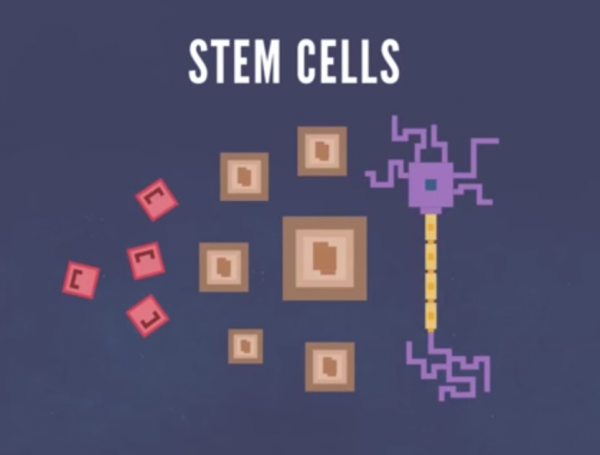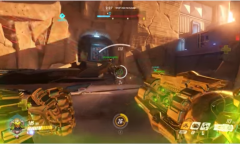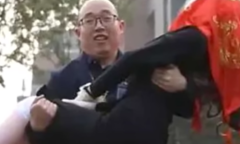By Vishal Goel, | April 08, 2017

The technique, described in the journal Cell, could yield new insights into the development of mammals and could also lead to better disease modeling and tissue regeneration. (YouTube)
Scientists have developed a technique to generate both embryonic and non-embryonic tissues from cultured stem cells. They developed a "chemical cocktail" that enables stem cells to develop into tissues that can also support the embryo.
The technique, described in the journal Cell, could yield new insights into development of mammals and could also lead to better disease modeling, drug discovery, and tissue regeneration. This new technique is expected to be useful for modeling early developmental processes and diseases affecting embryo implantation and placental function, further paving the way for improved in-vitro fertilization techniques.
Like Us on Facebook
According to Salk Professor Juan Carlos Izpisua Bemonte, during the embryonic development, both the fertilized egg and its initial cells are considered totipotent, because they can give rise to all embryonic and extra-embryonic lineages. However, the capture of stem cells with such developmental potential in-vitro has always been a major challenge in stem cell biology.
Co-senior author of the paper and holder of Salk's Roger Guillemin Chair commented that this is the first study that reports on the derivation of a stable stem cell type which shows totipotent-like bi-developmental potential towards both embryonic and extra-embryonic lineages.
When a mammalian egg is fertilized and begins dividing, the new cells segregate into two groups. The first group develops into the embryo and the second develops into supportive tissues like the placenta and amniotic sac. Since this division of labor happens relatively early, researchers often cannot maintain cultured cell lines until cells have passed the point where they could still become either type.
The work was funded by the National Key Research and Development Program of China, the National Natural Science Foundation of China, the Guangdong Innovative and Entrepreneurial Research Team Program, the Science and Technology Planning Project of Guangdong Province, China, the Science and Technology Program of Guangzhou, China, the Ministry of Education of China, the BeiHao Stem Cell and Q9 Regenerative Medicine Translational Research Institute, the Joint Institute of Peking University Health Science Center, University of Michigan Health System, Peking-Tsinghua Center for Life Sciences, the National Science and Technology Support Project, the CAS Key Technology Talent Program, the G. Harold and Leila Y. Mathers Charitable Foundation, and The Moxie Foundation.
-
Use of Coronavirus Pandemic Drones Raises Privacy Concerns: Drones Spread Fear, Local Officials Say

-
Coronavirus Hampers The Delivery Of Lockheed Martin F-35 Stealth Fighters For 2020

-
Instagram Speeds Up Plans to Add Account Memorialization Feature Due to COVID-19 Deaths

-
NASA: Perseverance Plans to Bring 'Mars Rock' to Earth in 2031

-
600 Dead And 3,000 In The Hospital as Iranians Believed Drinking High-Concentrations of Alcohol Can Cure The Coronavirus

-
600 Dead And 3,000 In The Hospital as Iranians Believed Drinking High-Concentrations of Alcohol Can Cure The Coronavirus

-
COVID-19: Doctors, Nurses Use Virtual Reality to Learn New Skills in Treating Coronavirus Patients











